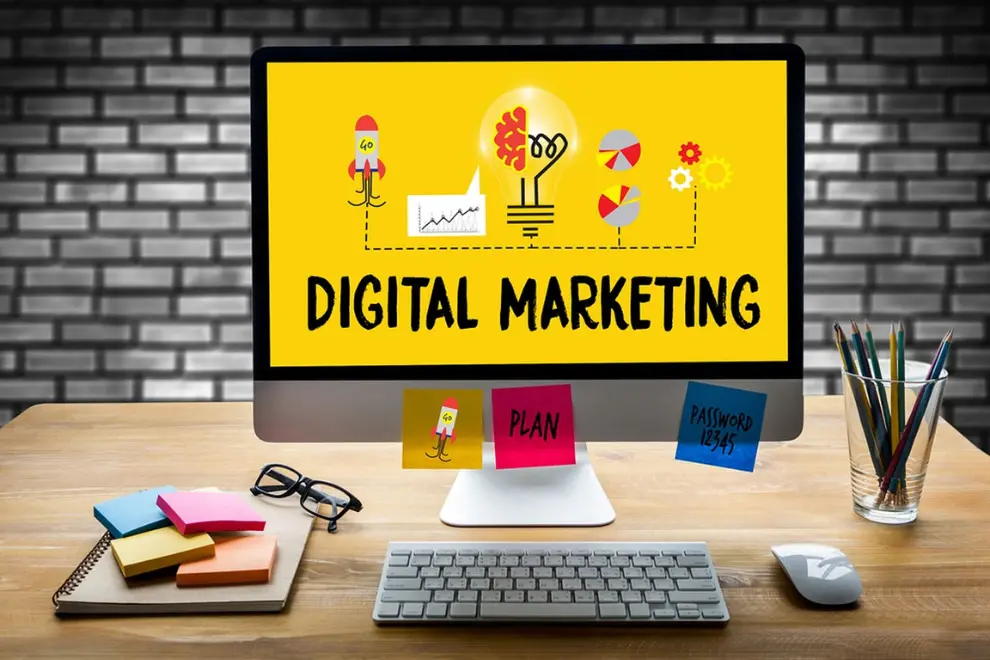In the ever-evolving world of digital marketing, understanding generational behaviors is essential. One generation that’s capturing the spotlight is Gen Z, the digital natives who have grown up with smartphones, high-speed internet, and a constant stream of content. At the heart of their online behavior lies the phenomenon known as swipe culture.
But what is swipe culture, and how is it reshaping the world of advertising design? Let’s explore the psychological underpinnings of this behavior and how marketers and designers must adapt their strategies to stay relevant.
What Is Swipe Culture?
Swipe culture refers to the behavior of rapidly swiping, scrolling, or skipping through content, particularly on mobile devices. Platforms like TikTok, Instagram Reels, and Snapchat have normalized micro-content consumption—short, visual, and to-the-point. In this environment, users often make snap judgments within a fraction of a second, deciding whether to engage or move on.
This culture is especially prominent among Gen Z (born roughly between 1997 and 2012), who have been conditioned to absorb information quickly and efficiently. The result? A massive shift in how they consume, react to, and engage with advertising content.
Swipe culture is not just a behavioral trend—it represents a fundamental shift in how attention is earned and maintained. This shift affects everything from user interface design to how brand messages are structured. Marketers must now create experiences that are designed for immediacy, relevance, and impact within an incredibly short time span.
The Psychology Behind Swipe Behavior
Understanding swipe culture requires diving into the psychology of instant gratification, cognitive overload, and dopamine-driven engagement:
- Instant Gratification
Gen Z has grown up in an era of on-demand everything. They expect answers fast, entertainment instantly, and value for their time without delay. Long ads, slow intros, or excessive branding? That’s a one-way ticket to being swiped away. This instant gratification principle reflects a broader consumer expectation: content should deliver value immediately, or it’s discarded. - Cognitive Load Management
With thousands of messages bombarding users daily, Gen Z has developed an internal filter. If something doesn’t stand out within the first second or two, it’s mentally discarded. The swipe becomes a tool for managing cognitive overload. Marketers need to understand how minimalism, clarity, and focus can lower mental friction and boost engagement. - Dopamine Loops
Apps are engineered to reward users with constant novelty and stimulation, creating a feedback loop of dopamine hits. This primes users to seek out content that is fast, fun, and rewarding—and swipe past anything that doesn’t deliver. Swipe culture reinforces a habit loop where the act of swiping itself becomes addictive. - Choice Fatigue and Content Saturation With so much content available, users are overwhelmed with options. This results in choice fatigue, where the brain seeks simplicity. Ads that are too complex or lack a clear message are quickly skipped. This further emphasizes the importance of clear, concise messaging.

How Gen Z Is Changing Ad Design
This shift in behavior has led to major changes in ad design trends, forcing brands and marketers to rethink their traditional strategies. Here are key ways Gen Z is shaping ad design in the era of swipe culture:
1. Visual First, Text Later
Ads now prioritize bold visuals, motion graphics, and dynamic storytelling over lengthy copy. Static images are being replaced by videos, animations, and short-form content that immediately capture attention. Eye-catching visuals serve as the entry point, while text acts as a secondary reinforcement.
2. Hook in 3 Seconds or Less
If your ad doesn’t make an impact within the first few seconds, it’s game over. Successful campaigns use pattern interrupts, emotional triggers, or humor right at the start to stop the scroll. This demands a strong creative approach that values brevity and intensity.
3. Authenticity Over Polish
Gen Z values realness. Overproduced content can come off as fake or disconnected. That’s why brands are leaning into UGC (User Generated Content), lo-fi aesthetics, and relatable narratives. Real people, real voices, and real moments often outperform scripted perfection.
4. Mobile-Optimized Formats
Vertical videos, tap-to-advance carousels, and interactive stories dominate Gen Z’s world. Designing ads for mobile-first platforms is no longer optional—it’s the standard. Everything from font size to loading speed must be optimized for mobile screens.
5. Interactive and Immersive Elements
AR filters, swipe polls, gamified ads, and clickable layers make the experience engaging. This level of interactivity boosts retention and drives deeper brand connection. Immersive experiences encourage exploration and increase time spent with branded content.
6. Cultural Relevance and Timeliness
Gen Z appreciates brands that tap into relevant trends, memes, and social conversations. Being in tune with the cultural moment—while staying authentic to brand values—can significantly increase resonance.
Winning Strategies for Marketers
To thrive in the age of swipe culture, digital marketers need to embrace agility and creativity. Here are some actionable tips:
- Prioritize Thumb-Stopping Content: Design ads that stand out visually. Use bright colors, bold fonts, and unexpected visuals.
- Optimize for Attention Spans: Deliver your core message in the first 3-5 seconds.
- Embrace Short-Form Video: Platforms like TikTok, Instagram Reels, and YouTube Shorts are key battlegrounds.
- Test and Iterate Quickly: What works today might flop tomorrow. Keep testing creatives and messages.
- Leverage Influencer & Creator Content: Gen Z trusts peer recommendations over corporate messaging.
- Use Analytics to Understand Behavior: Dive into scroll depth, view-through rates, and time-on-screen metrics to refine strategies.
- Be Human and Empathetic: Speak the language of your audience. Authentic communication builds trust and connection.
Swipe culture is more than a trend—it’s a fundamental shift in how Gen Z engages with digital content. Brands that want to connect must move beyond traditional ad design and embrace fast, fun, and authentic experiences.
Understanding the psychology behind swipe culture gives marketers an edge in designing content that not only survives but thrives in Gen Z’s fast-paced, dopamine-fueled digital world.
By staying agile, human, and visually bold, your brand can turn swipes into stops—and stops into conversions.
In the years ahead, we’ll see more brands investing in immersive, short-form, and highly personalized content that respects users’ time and attention. The brands that succeed will be those who treat every second like it counts—because in swipe culture, it absolutely does.


